#saskatchewan artist
Text
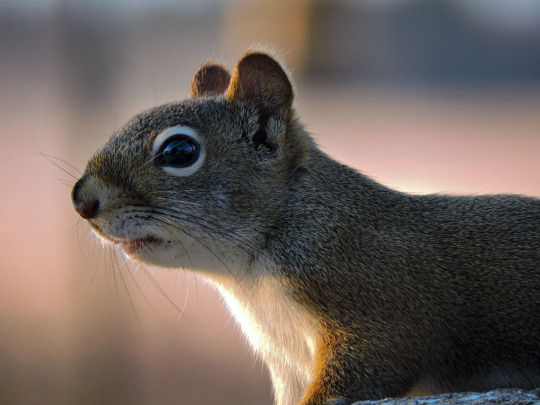
Bloodthirsty critter.
#saskatchewanartist#saskatchewan artist#saskatchewan#saskatchewan photography#saskatchewan photographer#photo#photooftheday#photo of the day#pic of the day#picoftheday#squirrel#squirrels#cute#cute photos#cute animals#animal#animals#wildlife#wildlife photography#wild#animal photography
439 notes
·
View notes
Text



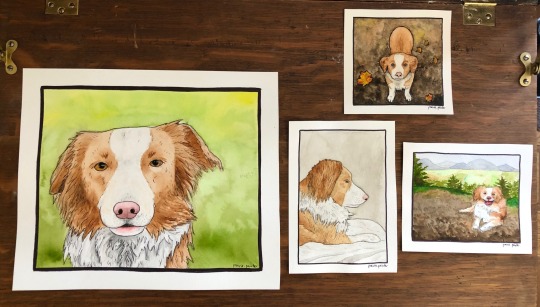





hi tumblr! here’s some of my work 🌾🎨
#artists on tumblr#watercolor#gouache#traditional art#canadian artist#Saskatchewan artist#art#painting
2 notes
·
View notes
Text

“Encounter”
Oil on canvas
36”X48”
Largest oil painting I’ve ever made!
#minus murals the largest painting I’ve done ever!#aleksi draws#aleksi ann#aleksiann#artists on tumblr#painting#art#yxe#acrylic painting#animals#deer#coyote#saskatchewan#encounter#impressionism#modern impressionism#modern art#oil paint#oil painting#2024
20 notes
·
View notes
Text
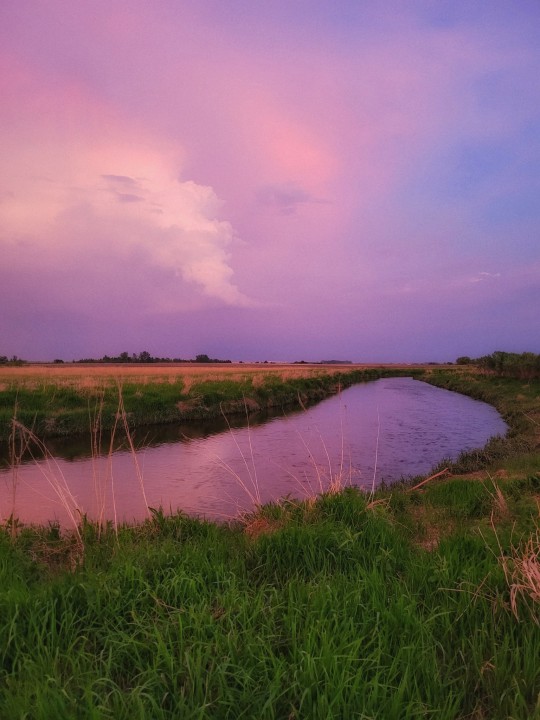

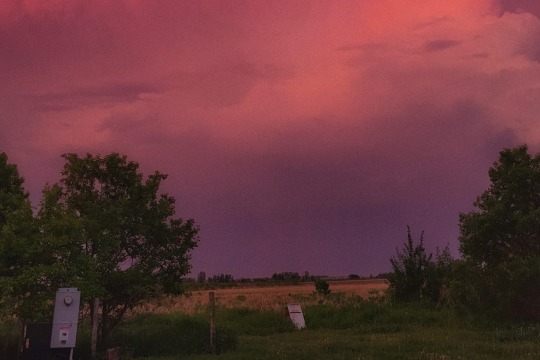
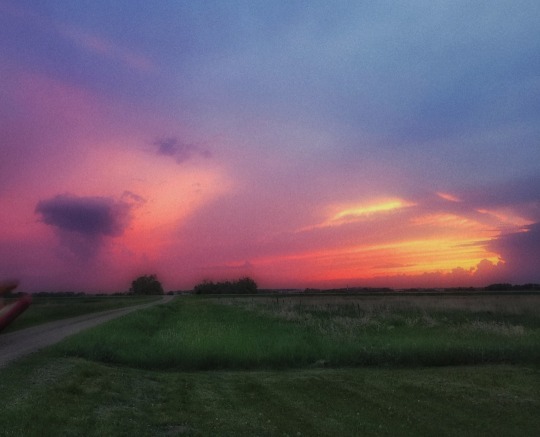
4 notes
·
View notes
Text
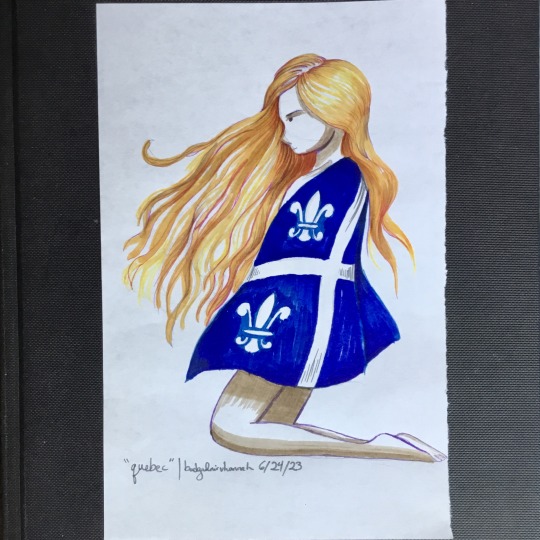


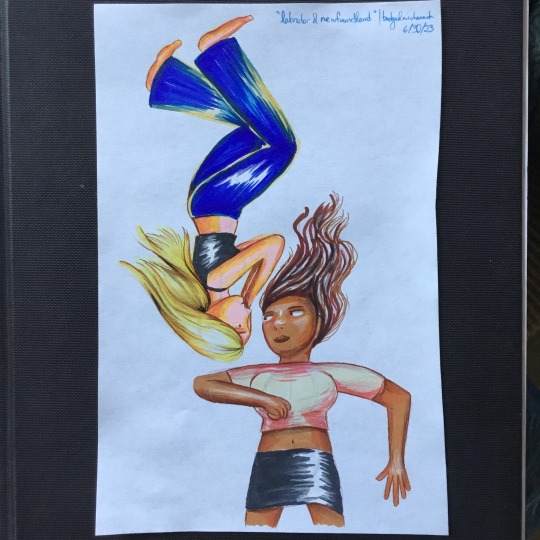



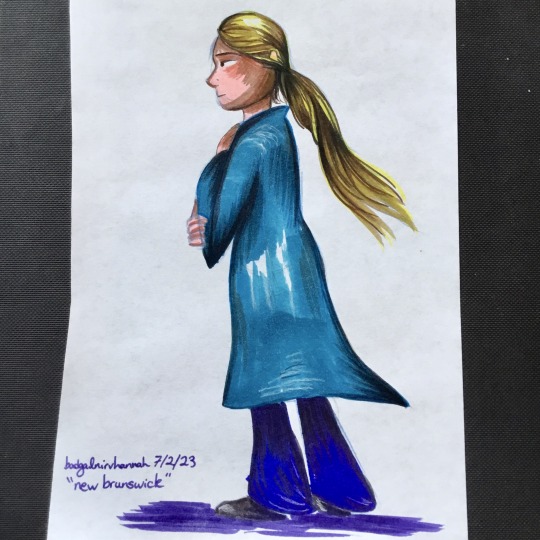



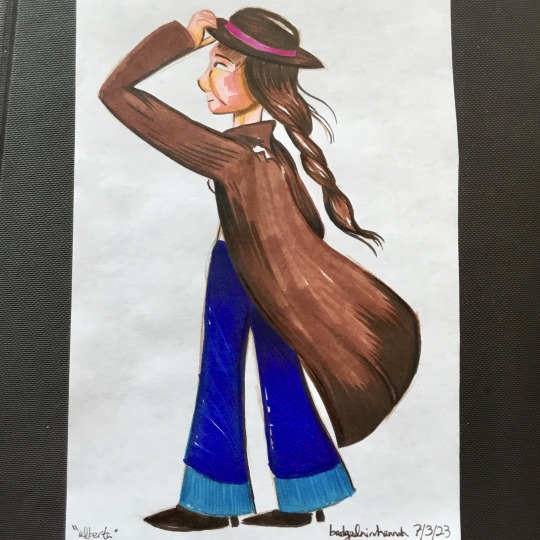

”northern exposure” 🇨🇦
quebec | nunavut | ontario
labrador & newfoundland | nova scotia | prince edward island
northwest territories | new brunswick | manitoba
british columbia | saskatchewan
alberta | yukon
ig: badmotorartist
#how’d i do canadian followers?#canada#canadian provinces#axis powers ヘタリア#drawings#artists on tumblr#badgalnirvhannahart#alcohol ink#alcohol markers#british columbia#alberta#manitoba#quebec#saskatchewan#ontario#new brunswick#nova scotia#labrador and newfoundland#prince edward island#yukon territory#northwest territories#nunavut
5 notes
·
View notes
Text

Forest cover map of Saskatchewan, Canada.
High resolution tree cover map based on the analysis of satellite data, with specific sensors made to detect and recognize the reflection from vegetation.
Read more and buy prints here.
Ko-fi | RedBubble | Etsy (digital prints)
#saskatchewan#maps#geography#cartography#artists on tumblr#my art#digital art#wall art#map making#independent artist#forests of canada#forest map#canada
2 notes
·
View notes
Photo

Ernest Lindner a nationally respected landscape artist and a long-time art teacher with Saskatoon Public Schools who made a substantial contribution to the education of many students.
Ernst Friedrich Lindner, was an Austrian-born Canadian painter. He moved to Saskatoon, Saskatchewan, in 1926, where became a self-taught commercial artist. He soon was recognized locally and then nationally and was active in several art organizations. He is known for his meticulous watercolors of natural woodlands depicting the cycle of decay and regeneration.
3 notes
·
View notes
Text
june 21 is national indigenous peoples day up here in canada; a day focused on celebrating the arts and cultures of our indigenous neighbours and communities.
if you’re looking for ways to support, or generally further your education on indigenous history, here are a bunch of links to help you get started! please go further and look up events hosted by your local community specifically, as some may not be listed on the sites below.
remember that if you cannot attend events or monetarily support businesses - you can always boost indigenous artists and voices online too.
indigenous tourism; lists businesses, events, and other indigenous-owned / led programs for the respective province or territory
indigenous tourism canada [generalized resources, event listings etc]
yukon
northwest territories
nunavut
british columbia
alberta
saskatchewan
manitoba
ontario
quebec
newfoundland and labrador
new brunswick
nova scotia
prince edward island
art
bill reid gallery of the northwest coast
lattimer art gallery
native northwest [while NNW itself is not indigenous-owned, it is a good way to discover artists and purchase their work. some artists sell on other sites too, so look around]
strong nations [sells books by indigenous authors]
education and resources
two-spirited people of manitoba
alberta indigenous history timeline [pdf]
alberta indigenous history resources
british columba history timeline
list of first nations peoples [wikipedia; could be incomplete / inaccurate]
cbc indigenous [indigenous-focused news]
missing and murdered indigenous women and girls
national centre for truth and reconciliation
native land interactive map
orange shirt day
qikiqtani truth commission
lil’ red dress project
whose land interactive map
charities / support / donations
clan mothers healing billage & knowledge centre
first nations health authority
indian residential schools survivor society
indigenous peoples resilience fund
qajuqturvik food bank
niqinik nuatsivik nunavut food bank
nunavut food security coalition
reconciliation canada
urban native youth association
additional links are always appreciated
1K notes
·
View notes
Photo
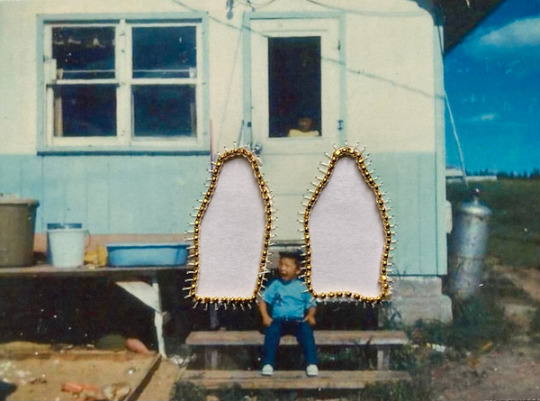
Catherine Blackburn | Scooped (detail). 2017
Catherine Blackburn was born in Patuanak Saskatchewan, of Dene and European ancestry and is a member of the English River First Nation. She is a multidisciplinary artist and jeweller, whose common themes address Canada's colonial past that are often prompted by personal narratives. Her work merges mixed media and fashion to create dialogue between historical art forms and new interpretations of them. Through utilizing beadwork and other historical adornment techniques, she creates space to explore Indigenous sovereignty, decolonization and representation.
#catherine blackburn#scooped#sixties scoop#60s scoop#millennial scoop#indigenous art#INDIGENOUS CONTEMPORARY ART#contemporary art#beading#photography#contemporary beading#indigenous beadwork#Contemporary Photography#indigenous photography#mixed media#indigenous mixed media#Dene artist#contemporary dene art#dene art
315 notes
·
View notes
Text
Dana Claxton received this year’s Audain Prize, one of Canada’s most coveted arts awards, during a ceremony on Monday (25 September). The C$100,000 ($74,000) cash prize honouring distinguished British Columbia-based artists was announced at a luncheon at the Fairmont Hotel Vancouver.
When Reid Shier, executive director of the Polygon Gallery in North Vancouver, awarded the prize on behalf of the jury, he praised Claxton’s “multilayered” practice. He described the photography in her series and book Paris, June Fourth, Fifth, & Sixth, Two Thousand & Six as being “as much [Jack] Kerouac as [Eugène] Atget”—and spoke of her “landmark” work as a First Nations woman—a group who are “systemically denied a place in the art world.”
Claxton, a Vancouver-based artist whose work spans film, photography, video and multi-channel installation, is a member of the Wood Mountain Lakota First Nations located in Southwest Saskatchewan. Her practice investigates Indigenous beauty, the body, the socio-political and the spiritual and has been widely exhibited across Canada and internationally. She is also a professor at the University of British Columbia (UBC) and head of its department of art history, visual art and theory. [...]
Continue Reading.
Tagging: @politicsofcanada
98 notes
·
View notes
Text

Leviathan. Happy Thursday, folks.
#fractal#fractals#chaotica#digitalart#fractalart#apophysis#art#space#space art#digital art#fractal art#chaotica fractals#woah#digital#art of the day#art of the week#mysterious art#alien art#cosmic#cosmic art#cosmic horror#lovecraftian#lovecraftian art#space horror#scifi art#sci fi art#scifi#canadian art#canadian artist#saskatchewan artist
17 notes
·
View notes
Text
i hate artists who act like theyre oppressed for drawing exclusively conventional, hairless, titless, hypermasculine chrisprattesque muscle men with 0% body fat and stomachs flatter than the saskatchewan prairie. and then act like theyre the last standing bastion of hope against the clutches of Big Twink. you are just excruciatingly boring
100 notes
·
View notes
Text
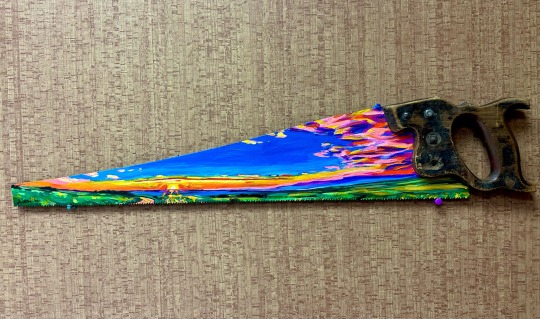

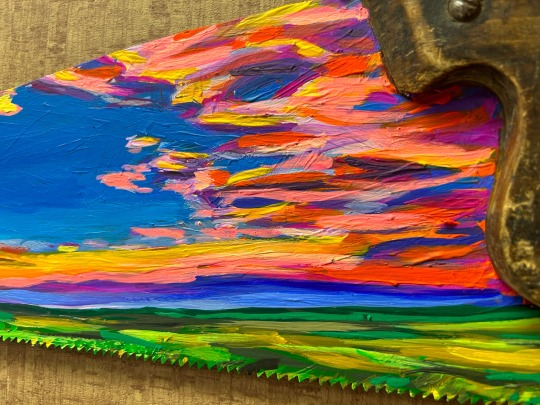
Prairie Sun
On Antique Handsaw
#aleksi draws#aleksi ann#aleksiann#painting#artists on tumblr#acrylic#art#painted saw#handsaw#landscape#impressionism#Saskatchewan
26 notes
·
View notes
Text


Silk Screened Godzilla vs Mecha Godzilla posters! Hit me up at my new online store to get yourself a print!
24 notes
·
View notes
Text
“Knowing You Has Made Me a Better Settler Person”: Tokenizing the Métis Identity
View my work: A Spectacle of Me for You
By riel
My name is riel, I am a Red River Métis artist descending maternally from the historic Métis families by the names of Berthelet, Caron, St. Germaine, Dubois, Dazé, and Larivière, who come from the communities of Pointe à Grouette, now St. Agathe, St. Norbert, and St. Vital, now modern-day Winnipeg, and the historic Batoche, Saskatchewan. My Berthelet ancestors, notably my third great grandfather Joseph Berthelet Sr. was a community leader of Pointe à Grouette, and my fifth-great uncle Jean Caron Sr fought at fifty-two years old in the battle of Duck Lake, Saskatchewan of the North-West Resistance of 1885. His house is now a historic site in Batoche. My mother is a Métis academic with a background in education and my father is a settler of British ancestry, and an archaeologist-turned-locksmith. I introduce myself in this way, in the traditional way of Métis authors, such as Chantal Fiola and Jean Teillet, to contextualize my knowledge and experiences, as well as my connection to this land.
Earlier this year, 2022, as the winter semester wrapped up, and spring was beginning to rear its big green head, I finished building a Red River cart. It was four months of research and physical labour. I taught myself methods of wood joinery that my ancestors would have used, the hand tools they had access to pre-industrial revolution, as well as the power tools we as modern Métis have access to now. After the cart’s completion I installed it in the Ivan Gallery at school. That is when and where it happened. A classmate of settler colonial ancestry approached me. We had spent two semesters at odds. Her work focused on the climate crisis but came from a place of doomism and borderline eco-fascism. She regurgitated colonial narratives regarding our “doomed world” and the inherent violence of humans, and when she was corrected and shown the harm in her words she doubled down.
She said to me “knowing you, has made me a better person.” I do not know this woman and she does not know me, but I believe I knew her in that moment. To her, I am an encyclopedia, a fountain of knowledge for her to drink from whenever she wants to feel a little less guilty. I realized what she meant.
“Knowing you has made me a better settler person”
What does it take to know a person? Who defines knowing? In that moment, I knew my classmate, but she could not have known me less. To her, and many others I have met in my life, my culture and I represented an outlet for settler guilt. I was the “real Indian” she took a photo with to prove her proximity and understanding of Indigeneity (James Luna). Because in settler minds, every Indian is every Indian, and every Indian is an encyclopedia to test knowledge against. I am a measuring stick for settlers to compare their thoughts and actions to.
I began to really consider how settlers were tokenizing me; sexually, intellectually, culturally, spiritually, to settlers I am a fantasy Métis academic. I am an all knowing all sensing wise Indian who can track a man through all terrains, who can tell you your spirit name by just looking at you, who will save your life when you are caught unprepared on my land, and who will scalp an enemy with no mercy. That is what people want from me, not the stories of the Métis resistance leaders who tried to overtake your settler ancestors in the Northwest Resistance, who could spit bullets and toss gunpower directly into their guns all while on horseback. They do not want to hear about The Old Wolves who fought in the Northwest Resistance and years later met in St. Vital to lovingly and meticulously document our young nation’s history, who hated the word “rebellion” (Jean Teillet).
A Spectacle of Me for You is an installation containing a series of sculptures, photographs, prints, and found objects arranged in a “spectacle” of the Métis identity. The work is the result of experimentation with materials and engagement with Métis theory on self-governance and our history. Being named after Louis Riel often feels like an invitation for settlers to give me their unsolicited opinion on whether my ethnic group should have rights, and if Louis Riel was a madman or not, with most of the conversations quickly becoming anti-Indigenous and/or ableist. To my people, however, it is an honour to be named after Riel, the man who, with Gabriel Dumont successfully won the Red River Resistance of 1869, and commanded my ancestors in the Northwest Resistance of 1885. In this work I employ Indigenous humour- our ability to make fun of ourselves, remaining in control of the joke in order to remove that power from settlers, who are suddenly uncomfortably aware of their perception of Indigenous peoples. I have been heavily influenced by artists like Jesse Ray Short who dressed as Louis Riel in a drag-esque performance, and James Luna’s performance Take A Picture with a Real Indian (2001) and Artifact Piece (1987), Dayna Danger’s Big ‘Uns series, specifically for their reclamation of explicit Indigenous sexuality, and their ways of incorporating Indigenous, specifically Métis and Salteaux material culture into representations of Indigenous sexuality. Finally, I also would like to reference Rebecca Belmore’s piece Artifact #671B from 1988, where Belmore implicates her own body as an artifact in similar ways that James Luna has.
The viewer enters the room to find a table at the back of the room, seemingly an in-use workspace, with a sewing mannequin dressed in brown pants, a red and black flannel, a Louis Riel shirt, and a beaded leather strap on placed over the pants. There is also a half-deflated mask of Louis Riel placed on the table. On the table there are postcards- free for the viewer to take with two different designs to choose from. On one side of the room a log has been placed on the ground and another rests a few feet away, seemingly more haphazardly than the carefully placed log.
A Spectacle of Me for You is a staged representation of what a beader’s workspace might look like. A series of props that vaguely reference the Métis but does not actually represent the workspace of the artist. It is a highly curated idea of the Métis identity, playing on well-known stereotypes. Among the workspace set-up there are two stacks of postcards, one with a shot of the artist posing with two logs they personally harvested in January of 2022, left over from building a Red River cart, one of the logs positioned suggestively between the legs of the artist. They are dressed in stereotypical lumberjack clothes as well as a t-shirt with Louis Riel’s face and a slogan that reads “keepin’ it Riel”. The artist also wears a latex mask of Louis Riel, tying the fantasy together.
Otipemisiwak Voyageur Fantasy Husband is a series of postcards as well as a costume worn by the artist to comment on different aspects of tokenization. The leather strap on harness worn over their clothes is an overt reference to the fetishization of Indigenous people, specifically Indigiqueer and Two Spirit community members, and a comparison of Indigenous and settler masculinity. The harness is paired with a lumberjack style flannel and a shirt with an image of Louis Riel that reads “keepin it real”, and a latex mask of Riel, worn on the artist’s head, obscuring their face. The postcards and the mask are a reference to modern Métis material culture and our infatuation with objects with Louis Riel’s face. The mass-production of these items has both caused a massive inflation of Louis Riel-kitsch, but also a larger awareness of our presence as Métis people, and what Riel means to us. Akin to the presidents' masks used by the Ex-Presidents gang in the 1991 film Point Break, the artist uses their Riel mask to draw attention to the way real historical figures, particularly politicians become caricatures of their actual selves in the eyes of the public, allowing them to be immortalized in popular culture. On a smaller scale, something similar has happened to Louis Riel where many settlers deem him a violent mad-man, and reduce him to a caricature of himself, while the Métis have reclaimed this treatment, and have found ways to honour him in our material culture.
References/Works Cited
BELMORE, REBECCA. ARTIFACT #671B, 1988.
BIGELOW, KATHRYN. POINT BREAK. TWENTIETH CENTURY FOX, 1991.
BURNS, CLARISSA. VOYAGEUR GAMES DEMONSTRATION. https://metisgathering.ca/classroom-resources/classroom-voyageur-games/. MÉTIS GATHERING. 2022.
LUNA, JAMES. TAKE A PICTURE WITH A REAL INDIAN, 2000.
LUNA, JAMES. ARTEFACT PIECE, 1987.
RIEL, LOUIS. FINAL TRIAL STATEMENT. http://law2.umkc.edu/faculty/projects/ftrials/riel/rieltrialstatement.html. JULY 31ST 1885.
SHORT, JESSIE RAY. WAKE UP!, 2015.
TEILLET, JEAN. THE NORTH-WEST IS OUR MOTHER : THE STORY OF LOUIS RIEL’S PEOPLE, THE METIS NATION. PATRICK CREAN EDITIONS, AN IMPRINT OF HARPERCOLLINS PUBLISHERS LTD., 2013.
#my writing#context for some of my work! but this could probably stand alone#linking the work at the top!#indigenous academic#indigenous#métis#métis writer#art writing#artist statement
135 notes
·
View notes
Text
ok story time let's go
(i guess CW// religious baggage? vaguely cult-y stuff? Mormons?)
so i was laughing at that (presumably bait) tweet that got screenshotted and reposted on here, with the person claiming that y'all is a problematic term used by "bigoted southerners" and someone else dunking on them, because I'm Canadian and I say y'all ALL the time. and like, that by itself wouldn't be too notable - there ARE rural areas of Canada, particularly over in Alberta/Saskatchewan, where the local accent and slang have convergently evolved into something very similar to Texas (and I DID actually grow up in a town like that, though i never picked up the accent myself).
what makes my adoption of y'all particularly odd is that I picked it up in the Caribbean of all places. if you are familiar with my Not-So-Secret Tragic Backstory then you MIGHT know where this is going already.
I was raised in a Mormon family, so when I was 18 i was basically required to go do the missionary thing with the white shirts and ties and nametags. (this is very funny considering my current status as a gay trans furry artist and leftist, but this story isn't really about that.) I got assigned a random location in the world, and was shipped off to the Eastern Caribbean for 2 years. it was very hot and sweaty and overall not a very good time for me, the world's blondest palest scrawniest teen who would have to walk around all day every day in office attire.
ANYWAYS a few months after my mission began, we got a new mission president (the old guy assigned by the church to be in charge of all the missionaries in a region, along with his wife). while he was generally a pretty jovial friendly guy, he also had an occasional tendency to powertrip and institute random arbitrary rule changes whenever he felt that the missionaries weren't performing as well as he'd like and the numbers were down. with missionaries, there's a huge focus on "exact obedience" and "consecration" - this idea that the more single-mindedly devoted you are to Doing Missionary Stuff and Thinking About Jesus and Never Having A Single Fucking Independent Thought In Your Head Or Taking Care Of Your Personal Wellbeing Or Enjoying Yourself, the more god will bless you with like. charisma superpowers or something. to just change people's minds on the spot as you blast them with your Conversion Beam. and therefore anytime that ISN'T happening (y'know, because people have free will, and also because being Mormon is wildly unappealing to any reasonable outsider), it clearly MUST be because those darn young punk missionaries are probably thinking too much about their partners back home or drawing Pokemon fanart or collecting distractingly colourful neckties. can't have that!
so with all that context, I can finally get to the point, which is that one day our mission president decided the reason nobody was knocking on our apartment door begging to get baptized was probably because we, as missionaries, were too casual in our interactions with one another. specifically, he took issue with missionaries calling each other "dude" or "bro" or "man", or referring to each other collectively as "you guys". he insisted that this was "eroding the dignity of our sacred calling as missionaries" and that we should instead strive to call each other "Elder" and "Sister" (the titles used for male and female missionaries respectively) as much as humanly possible.
specifically as an alternative to "you guys", he suggested we start saying "Elders and Sisters" every time we addressed a mixed group of missionaries. which OBVIOUSLY sounds really fucking stupid. and I was in a leadership position at the time, so I had to deliver instruction/training to the missionaries in my area every week AND call them to check-in every night. being a missionary and constantly being commanded to do incredibly stupid arbitrary things really brought out my latent rebellious streak, and there was NO fucking way I was going to say "Elders and Sisters" if i could avoid it - the only people who actually complied with the new rule were immediately identifiable as goody-two-shoes and suck-ups and everyone wanted to push them into the ocean.
so INSTEAD, i and several other missionaries quickly realized that we could simply get away with saying "you all" or just plural "you" with like, a hand gesture to show we meant the group. which naturally just evolved into y'all pretty quickly because it's an incredibly natural contraction of words and it just feels good to say. and the mission president never complained about it, because we weren't using cool youngster slang like "guys" or "dudes" and instead it just sounded like a fun twangy rural affectation. and then i just kinda kept saying it for the rest of my mission, and continued saying it after i returned home and went off to college in the city and all that jazz.
...absolutely no clue where I picked up saying "howdy" all the time tho. i don't have an excuse or backstory for that one lol, it's just fun to say
#buny text#storytime#long post#idk what the standard tags are for tagging like. religious shit for folks to blacklist. particularly ex-mormon stuff#so if anyone needs to me to add tags lemme know#thank you for reading my very long post i think this story is very funny personally#i love when friends point out how much i say Y'all and assume it's because i grew up in rural alberta and i get to say 'actually no'
37 notes
·
View notes